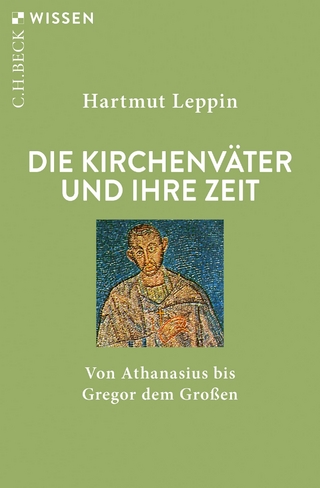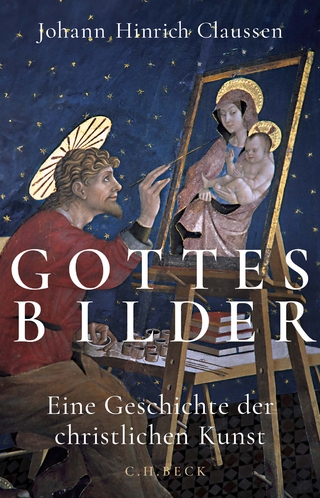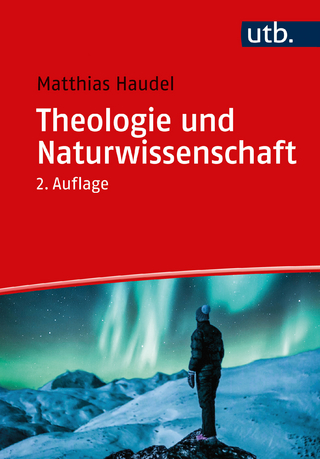
Biblical Families in Music
Conflict and Heterodoxy in Oratorios, 1670–1770
Seiten
2025
University of Chicago Press (Verlag)
978-0-226-83604-1 (ISBN)
University of Chicago Press (Verlag)
978-0-226-83604-1 (ISBN)
- Noch nicht erschienen (ca. Februar 2025)
- Versandkostenfrei innerhalb Deutschlands
- Auch auf Rechnung
- Verfügbarkeit in der Filiale vor Ort prüfen
- Artikel merken
Examines how stories of biblical families were reconfigured and projected in the genre of the oratorio, a form of sacred opera, in the seventeenth and eighteenth centuries.
Based to a great extent on the Old Testament, the largely Catholic musical-dramatic genre was popular in Italy, Austria, and southern Germany in the seventeenth and eighteenth centuries. Biblical Families in Music reveals how difficult stories of fratricide, child sacrifice, death, and forbidden love performed a didactic function in oratorios, teaching early modern audiences about piety and the rules of proper family life.
In the century after 1670, the heavily adapted tales of Abraham and Isaac, Cain and Abel, and the Egyptian slave Hagar and her son Ishmael were set to music by figures such as Alessandro Scarlatti and Antonio Sacchini and performed during Lent in churches and other sacred spaces for an audience of court nobility, clergy, and the urban patriciate. By examining the resonance of Catholic oratorios within predominantly upper-class social realities, the book broadens our cultural understanding of the early modern European family and underscores the centrality of family and familial relation to social position, devotional taste, and identity.
Based to a great extent on the Old Testament, the largely Catholic musical-dramatic genre was popular in Italy, Austria, and southern Germany in the seventeenth and eighteenth centuries. Biblical Families in Music reveals how difficult stories of fratricide, child sacrifice, death, and forbidden love performed a didactic function in oratorios, teaching early modern audiences about piety and the rules of proper family life.
In the century after 1670, the heavily adapted tales of Abraham and Isaac, Cain and Abel, and the Egyptian slave Hagar and her son Ishmael were set to music by figures such as Alessandro Scarlatti and Antonio Sacchini and performed during Lent in churches and other sacred spaces for an audience of court nobility, clergy, and the urban patriciate. By examining the resonance of Catholic oratorios within predominantly upper-class social realities, the book broadens our cultural understanding of the early modern European family and underscores the centrality of family and familial relation to social position, devotional taste, and identity.
Robert L. Kendrick is professor emeritus of music at the University of Chicago. His recent books include Singing Jeremiah: Music and Meaning in Holy Week and Fruits of the Cross: Passiontide Music Theater in Habsburg Vienna.
List of Music Examples and Tables
Note on the Text
1. Families and Representations
2. Fratricide, Sin, and Despair
3. Obedience and Division
4. Fathers, Sons, and Waiting Mothers
5. Sacrificing Daughters
6. Fears, Returns, Blindness
7. Grieving Spouses, Fierce Motherhood
8. Connections
Acknowledgments
Appendix: Metastasio/Caldara, Opening of La morte d’Abel (Vienna, 1732)
Notes
Bibliography
Index
| Erscheint lt. Verlag | 14.2.2025 |
|---|---|
| Zusatzinfo | 21 line drawings, 5 tables |
| Sprache | englisch |
| Maße | 152 x 229 mm |
| Gewicht | 454 g |
| Themenwelt | Kunst / Musik / Theater ► Musik ► Klassik / Oper / Musical |
| Religion / Theologie ► Christentum ► Kirchengeschichte | |
| ISBN-10 | 0-226-83604-5 / 0226836045 |
| ISBN-13 | 978-0-226-83604-1 / 9780226836041 |
| Zustand | Neuware |
| Haben Sie eine Frage zum Produkt? |
Mehr entdecken
aus dem Bereich
aus dem Bereich
von Athanasius bis Gregor dem Großen
Buch | Softcover (2024)
C.H.Beck (Verlag)
12,00 €
eine Geschichte der christlichen Kunst
Buch | Hardcover (2024)
C.H.Beck (Verlag)
32,00 €


